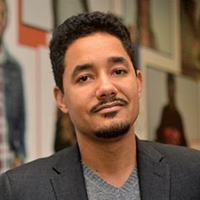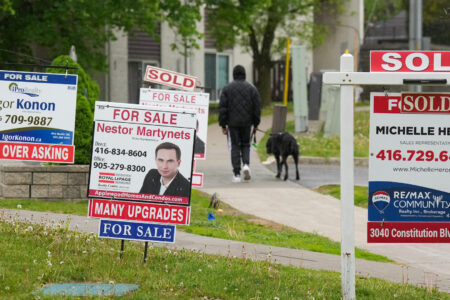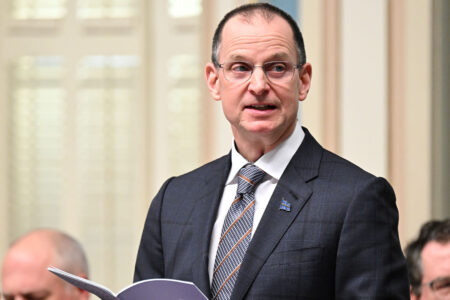
It’s difficult these days to get through the morning news without seeing “affordability” mentioned in some way. In fact, the pledge to make life more affordable was put forward by nearly all parties during the recent federal elections. Promises included a range of policy options: implementing tax cuts, increasing the no-tax income threshold, investing in health care, boosting wages and increasing access to decent work.
Researchers are finding that more and more of us are in debt, living from paycheque to paycheque, and en route to being financially worse off than the generation before us. It’s impossible to live in Toronto without having a conversation about how unsustainable the cost of housing has become, how transit fare increases hurt commuters and how the prices of gas, electricity and groceries keep rising — while paycheques don’t.
The Broadbent Institute’s recently published public opinion research on affordability brings into focus, on a national scale, the conversations we’ve all had with our own friends and neighbours. Canadians in all circumstances are worried about the cost of living.
But we don’t really need the research to tell us what’s going on. What we need is a definition.
The meaning of affordability shifts greatly depending on context. To some an affordable life means having the ability to rent a one-bedroom apartment in the city; to others it could mean owning a four-bedroom home with a two-car garage. For some, after-school activities for their children are a “nice to have,” while for others they are a “need to have”; and the same could be said for taking vacations.
In fact, everyone has different priorities for what they want to be able to afford in life. Without a clear shared understanding, it’s hard to create shared responsibility to ensure everyone has an opportunity to have an affordable life. Creating responsibility becomes harder still when politicians all along the spectrum are jostling for position. Each claims to be the one true saviour who can fix our affordability woes while pointing at opponents as perpetrators of growing costs.
So the question remains: What makes for an affordable life and why? Our institutes have come together to take a clear-eyed look past the rhetoric and determine whether the government’s approach to health care, education and housing helps or hurts our ability to afford the things we need. At Wellesley Institute and Broadbent Institute, we propose a new way to think about this question, using one objective shared by all of us: health.
Health is the great equalizer. No matter where we’re from, what our values are, what our age or our political beliefs, we all want to have a healthy and long life. And if we agree on that, then we can say affordability is about the amount and type of resources we need to live a healthy and thriving life.
The Wellesley Institute’s Thriving Framework helps us to consider affordability in the context of health. It takes between $46,186 and $55,432 after taxes for a single person between 25 and 40 living in the Greater Toronto Area to thrive. Understandably, individual needs will be different for a renter without a car living in downtown Toronto than for a homeowner with a car living in Mississauga. But an income within this range will allow individuals not simply to afford the basics and survive, but also to thrive.
To thrive means to be able to have time for family and friends, pursue a hobby and travel occasionally, along with covering the basic necessities. Individual income is only one component of a broader social safety net that supports a thriving population; employers, government and community all play pivotal roles too.
For example, if the government covers some essentials, like prescription drugs and tuition, and subsidizes others, like housing and recreation programs, its contributions would all count toward the resources needed to live a healthy life. Our government can play a critical role in closing the gap between the haves and have-nots, not only by making basic goods more affordable but also by expanding public services and supports.
Viewing affordability as a commonly shared and holistic goal of health provides stable footing to consider an important question: Is our government making a healthy life possible for the many, or for the few?
More about these issues can be found on the Wellesley Institute and the Broadbent Institute’s websites in a continuing blog series focused on affordability in the context of pharmacare and housing.
Photo: Shutterstock, by sommart sombutwanitkul
Do you have something to say about the article you just read? Be part of the Policy Options discussion, and send in your own submission. Here is a link on how to do it. | Souhaitez-vous réagir à cet article ? Joignez-vous aux débats d’Options politiques et soumettez-nous votre texte en suivant ces directives.











